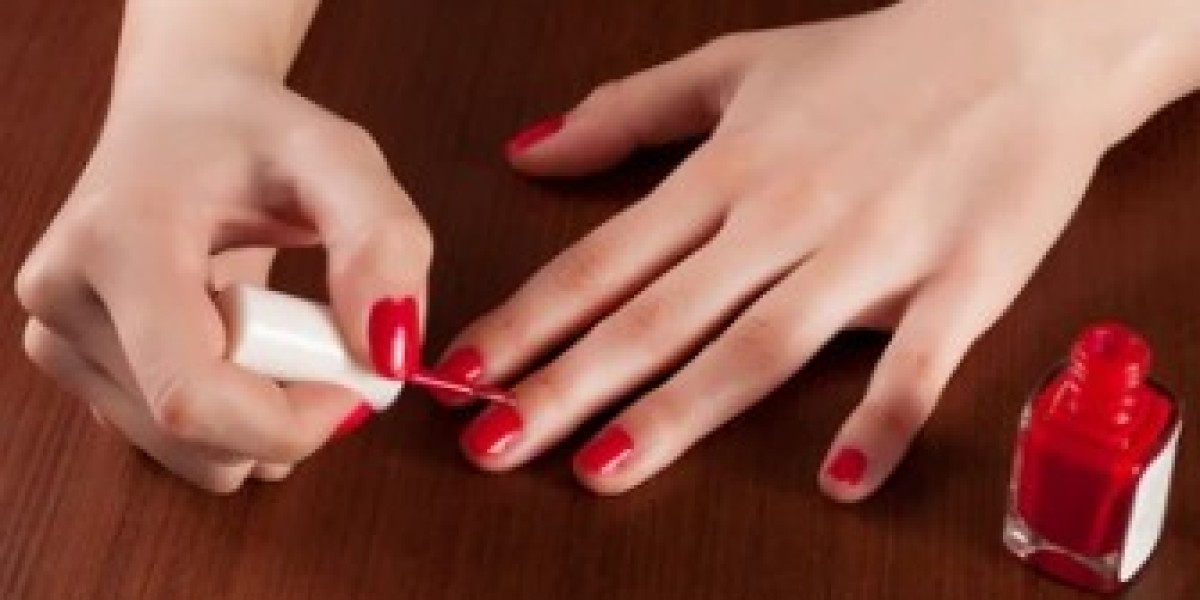Nail polish is more than just a cosmetic product; it’s a cultural phenomenon that has evolved over centuries. From its ancient origins to its modern-day variations, nail polish has played a significant role in beauty rituals and self-expression. This blog will explore the fascinating history of nail polish, its impact on fashion and society, and its role as a symbol of identity and creativity.
A Glimpse into the History of Nail Polish
The history of nail polish dates back to ancient civilizations. The earliest records of nail color date to around 3000 BCE in China, where people used a mixture of gum arabic, egg whites, gelatin, and beeswax to tint their nails. These early forms of nail polish were used by the elite to signify status and wealth, with different colors representing different social standings. In ancient Egypt, nail color was also a marker of social hierarchy. Both men and women painted their nails, with shades of red and rust reserved for the upper classes, while lighter hues were worn by those of lower status.
As centuries passed, the practice of nail decoration continued to evolve. During the Renaissance period in Europe, nail care became an important aspect of personal grooming. The wealthy used oil-based polishes and buffers to create a shiny, clean look, which was considered a sign of good health and hygiene.
The modern nail polish as we know it began to take shape in the early 20th century. In the 1920s, with the rise of Hollywood and the silver screen, nail polish became a symbol of glamour and sophistication. The introduction of colored nail lacquer by companies like Revlon revolutionized the industry. Suddenly, nail polish was accessible to women of all classes, and it became a popular way to add a pop of color to one's appearance.
The Evolution of Nail Polish Trends
Nail polish trends have shifted dramatically over the decades, influenced by cultural movements, fashion trends, and technological advancements. In the 1930s and 1940s, classic red nails became a symbol of femininity and elegance, inspired by Hollywood starlets. This era saw the emergence of long, almond-shaped nails painted in deep, bold colors.
The 1960s and 1970s brought a shift towards more natural looks, with nude and pastel shades becoming popular. This period also saw the introduction of nail art, with simple designs like flowers and polka dots adorning nails. The trend of nail art continued to grow, and by the 1980s, it had become a full-fledged fashion statement. Bright, neon colors, intricate designs, and even embellishments like rhinestones became the norm.
In the 1990s, nail polish trends took a darker turn with the grunge movement. Dark, moody shades like black, deep purple, and burgundy became popular, reflecting the edgier, rebellious spirit of the time. This era also saw the rise of the French manicure, a classic style that remains popular to this day.
The 2000s and 2010s brought an explosion of creativity in nail polish. With the rise of social media and beauty influencers, nail art became more intricate and diverse. Trends like ombre nails, holographic polish, and gel manicures became widespread. The advent of new technologies also allowed for longer-lasting formulas and innovative finishes, such as matte, metallic, and glitter.
Today, the nail polish industry is more diverse and inclusive than ever. There are countless colors, finishes, and designs to choose from, allowing individuals to express their unique style and personality. The rise of cruelty-free and vegan nail polish brands also reflects a growing awareness of ethical and environmental concerns in the beauty industry.
The Cultural Significance of Nail Polish
Nail polish is more than just a fashion accessory; it has deep cultural significance. Throughout history, it has been used to convey social status, political statements, and personal identity. In many cultures, nail color and design are an important part of traditional rituals and ceremonies. For example, in India, henna is used to create intricate designs on the hands and nails during weddings and festivals.
In modern times, nail polish has become a powerful tool for self-expression. It allows individuals to experiment with different looks and express their creativity. For many, painting their nails is a form of self-care, a way to relax and indulge in a bit of personal pampering. The act of choosing a color, painting the nails, and admiring the finished result can be a therapeutic and empowering experience.
Nail polish also plays a role in gender expression and identity. While traditionally associated with femininity, nail polish is increasingly being embraced by people of all genders. The rise of gender-neutral and inclusive beauty brands reflects this shift, challenging traditional notions of beauty and encouraging individuals to express themselves authentically.
In recent years, nail polish has also been used as a form of protest and political expression. During the 2017 Women's March, for example, many participants painted their nails in shades of pink and red to show solidarity. Similarly, the #BlackLivesMatter movement has seen the use of black nail polish as a symbol of resistance and empowerment.
The Future of Nail Polish
As the beauty industry continues to evolve, so too will nail polish. The demand for sustainable and eco-friendly products is likely to grow, leading to the development of more natural and non-toxic formulas. Innovations in technology will also continue to shape the industry, with new finishes, textures, and application methods being introduced.
Moreover, the growing emphasis on individuality and self-expression will ensure that nail polish remains a vital part of personal style. Whether it’s a bold, bright color or a subtle, understated shade, nail polish will continue to be a powerful means of communication and creativity.
Conclusion
Nail polish is more than just a cosmetic product; it’s a cultural artifact that reflects the values, trends, and identities of different eras. From its ancient origins to its current status as a fashion staple, nail polish has evolved into a powerful tool for self-expression and creativity. As the industry continues to innovate and adapt to changing cultural landscapes, one thing is certain: nail polish will remain an enduring symbol of beauty, individuality, and empowerment.









